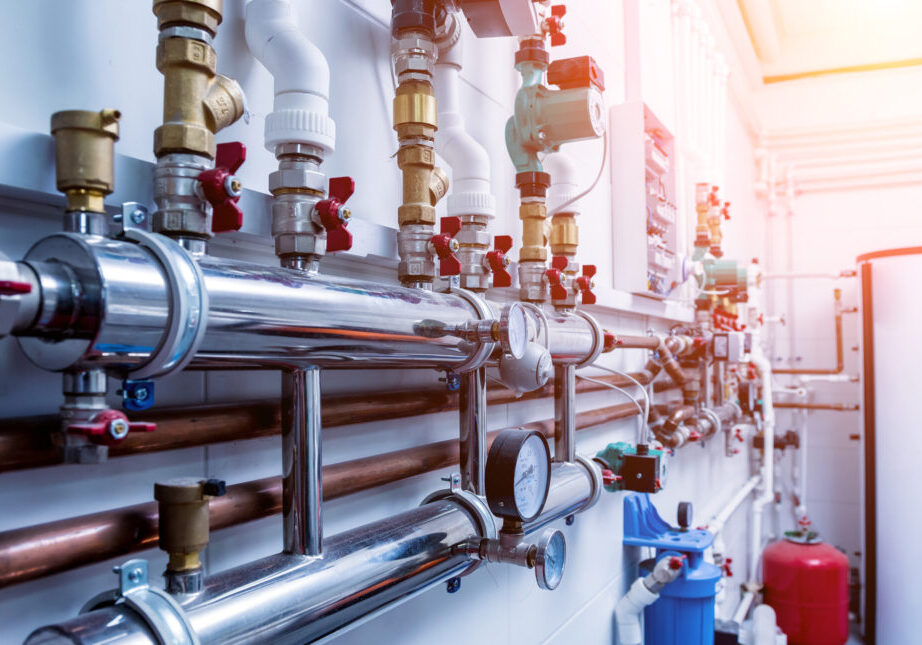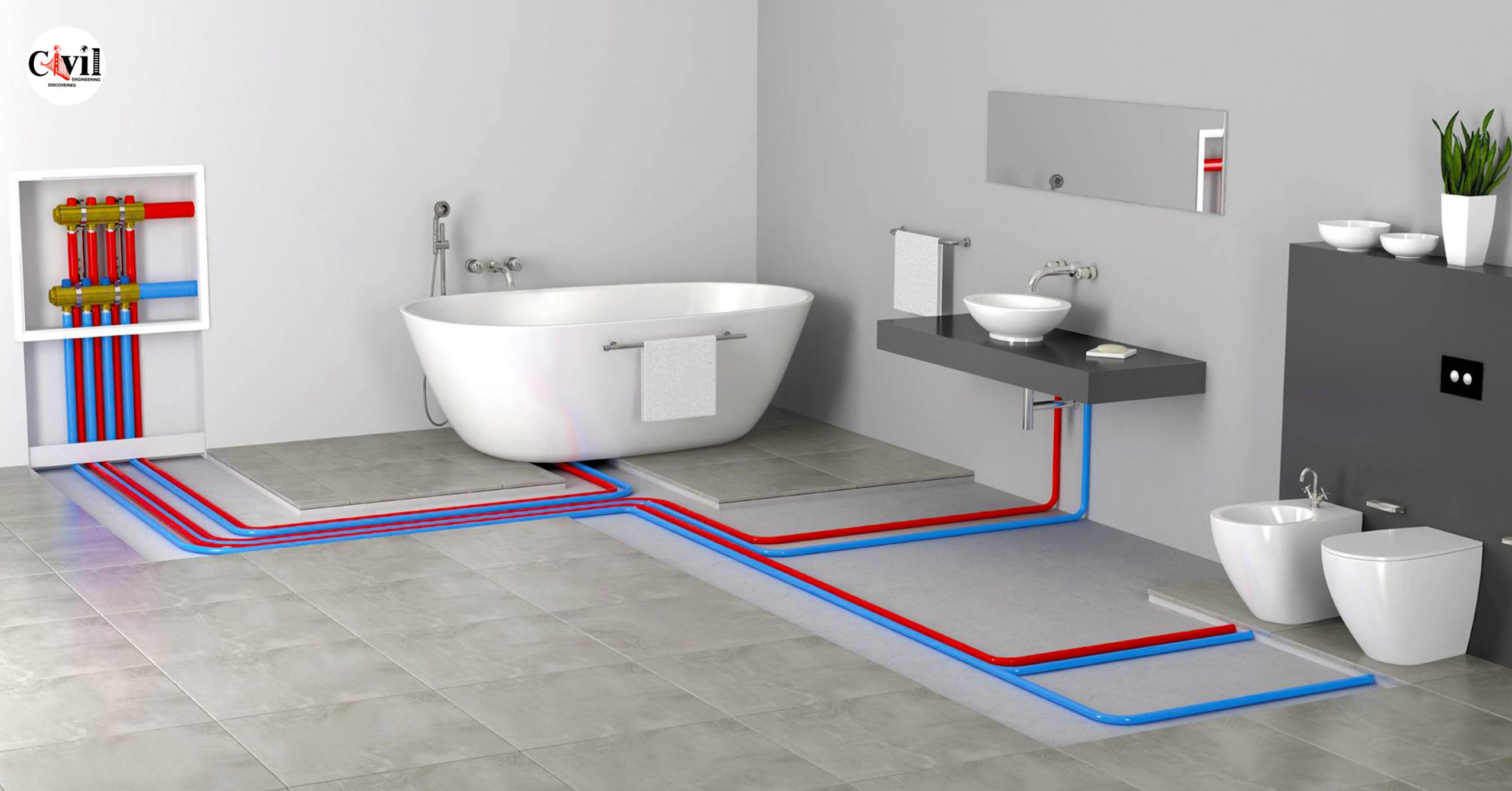Almost everyone may have their unique thoughts when it comes to The Inner Workings of Your Home's Plumbing.

Understanding how your home's pipes system works is vital for each homeowner. From delivering clean water for alcohol consumption, cooking, and bathing to securely removing wastewater, a well-maintained pipes system is important for your family's health and comfort. In this extensive guide, we'll discover the detailed network that comprises your home's plumbing and offer pointers on maintenance, upgrades, and managing typical concerns.
Intro
Your home's pipes system is more than just a network of pipelines; it's a complex system that guarantees you have access to clean water and efficient wastewater removal. Understanding its components and exactly how they collaborate can help you stop pricey fixings and make certain whatever runs smoothly.
Fundamental Elements of a Pipes System
Pipelines and Tubes
At the heart of your plumbing system are the pipes and tubing that carry water throughout your home. These can be made of numerous products such as copper, PVC, or PEX, each with its benefits in regards to durability and cost-effectiveness.
Fixtures: Sinks, Toilets, Showers, and so on.
Components like sinks, bathrooms, showers, and bath tubs are where water is used in your house. Recognizing just how these components attach to the pipes system assists in detecting problems and intending upgrades.
Shutoffs and Shut-off Factors
Shutoffs control the circulation of water in your pipes system. Shut-off shutoffs are critical throughout emergencies or when you need to make repairs, enabling you to separate parts of the system without interfering with water circulation to the whole residence.
Water System
Key Water Line
The primary water line links your home to the local water system or an exclusive well. It's where water enters your home and is dispersed to different components.
Water Meter and Pressure Regulator
The water meter steps your water usage, while a stress regulatory authority guarantees that water streams at a risk-free stress throughout your home's pipes system, avoiding damage to pipes and components.
Cold Water vs. Warm water Lines
Comprehending the distinction between cold water lines, which provide water straight from the main, and hot water lines, which bring warmed water from the hot water heater, helps in repairing and preparing for upgrades.
Drainage System
Drain Piping and Traps
Drain pipelines bring wastewater away from sinks, showers, and toilets to the drain or septic system. Traps prevent sewage system gases from entering your home and also catch debris that can create clogs.
Ventilation Pipes
Ventilation pipes permit air into the water drainage system, avoiding suction that might slow down water drainage and cause traps to empty. Correct air flow is crucial for maintaining the integrity of your plumbing system.
Significance of Proper Drainage
Ensuring proper drainage prevents backups and water damages. On a regular basis cleaning up drains pipes and preserving traps can stop expensive fixings and expand the life of your pipes system.
Water Heating System
Sorts Of Hot Water Heater
Hot water heater can be tankless or traditional tank-style. Tankless heating systems heat water on demand, while storage tanks store warmed water for immediate usage.
Upgrading Your Plumbing System
Reasons for Upgrading
Updating to water-efficient components or changing old pipelines can enhance water quality, minimize water bills, and boost the worth of your home.
Modern Pipes Technologies and Their Benefits
Explore innovations like clever leak detectors, water-saving toilets, and energy-efficient hot water heater that can conserve money and decrease ecological influence.
Cost Considerations and ROI
Compute the in advance costs versus long-term cost savings when taking into consideration pipes upgrades. Many upgrades pay for themselves via reduced energy costs and less fixings.
How Water Heaters Attach to the Pipes System
Recognizing just how water heaters connect to both the cold water supply and warm water distribution lines assists in identifying problems like insufficient hot water or leaks.
Upkeep Tips for Water Heaters
Routinely flushing your hot water heater to remove debris, inspecting the temperature level setups, and evaluating for leaks can prolong its life expectancy and enhance power performance.
Common Plumbing Issues
Leakages and Their Reasons
Leakages can take place due to maturing pipelines, loosened installations, or high water pressure. Attending to leaks immediately protects against water damages and mold and mildew development.
Blockages and Obstructions
Obstructions in drains pipes and bathrooms are often triggered by flushing non-flushable products or an accumulation of grease and hair. Using drainpipe displays and bearing in mind what decreases your drains can prevent obstructions.
Indications of Plumbing Problems to Look For
Low water stress, sluggish drains, foul odors, or unusually high water costs are indications of prospective plumbing troubles that must be dealt with promptly.
Pipes Maintenance Tips
Regular Evaluations and Checks
Schedule yearly pipes assessments to catch issues early. Seek indications of leaks, corrosion, or mineral build-up in taps and showerheads.
DIY Upkeep Tasks
Basic jobs like cleansing faucet aerators, checking for commode leaks making use of color tablet computers, or protecting subjected pipes in cool environments can avoid major pipes issues.
When to Call a Specialist Plumbing Professional
Know when a plumbing concern requires specialist competence. Trying intricate repairs without appropriate knowledge can cause more damages and higher repair service prices.
Tips for Minimizing Water Use
Simple behaviors like fixing leaks quickly, taking shorter showers, and running complete loads of laundry and recipes can conserve water and reduced your energy expenses.
Eco-Friendly Plumbing Options
Take into consideration sustainable pipes materials like bamboo for floor covering, which is durable and environmentally friendly, or recycled glass for countertops.
Emergency situation Preparedness
Steps to Take During a Plumbing Emergency situation
Know where your shut-off shutoffs lie and exactly how to switch off the water supply in case of a ruptured pipeline or major leakage.
Importance of Having Emergency Situation Get In Touches With Handy
Maintain get in touch with information for neighborhood plumbing technicians or emergency solutions conveniently available for quick action during a pipes crisis.
Ecological Impact and Conservation
Water-Saving Fixtures and Home Appliances
Mounting low-flow taps, showerheads, and toilets can considerably lower water use without sacrificing performance.
Do It Yourself Emergency Situation Fixes (When Applicable).
Short-term solutions like utilizing air duct tape to patch a dripping pipe or putting a container under a leaking faucet can reduce damages up until a specialist plumbing technician shows up.
Verdict.
Recognizing the makeup of your home's pipes system equips you to keep it properly, conserving money and time on fixings. By following regular upkeep regimens and remaining notified regarding modern plumbing technologies, you can ensure your plumbing system runs successfully for many years to find.
HOW YOUR PLUMBING SYSTEM WORKS
Which Pipes Do What?
Blue lines = fresh water supply entering the building Red lines = hot water supply entering the building Grey lines = pipes carrying waste away from the building and venting pipes carrying gases away from the building (through the roof) YOUR MAIN PLUMBING SYSTEMS
There are two main plumbing systems that support your home s basic plumbing needs one that brings clean water into your home, and one that sends dirty water away from your home. Connected to the toilet, bath, shower, and other faucets in your home, these two systems keep your water flowing in the right directions.
ACCESSING FRESH WATER
Fresh and clean water is brought into your home through the main water supply line . Filtered through one pipe, this water is pressured to flow into the various fixtures in your home at any given time.
This water can be sourced from a well located on your property, a pond or river (mostly cottages), or, as in most cases, from the city s municipal water treatment centre. However, it is important to note that water that is untreated, such as the water siphoned from ponds or rivers, may not be safe to drink. Personal water supplies always need to be treated for hardness and contaminants before consumed.
MUNICIPAL WATER SUPPLIES
Improve taste and odour Remove sediment Eliminate hardness Reduce chlorine COLD WATER SUPPLY VS. HOT WATER SUPPLY
Cold water flows into your home or building through the service line, which then distributes hot or cold water to your fixtures. This line is most commonly run through a central column that runs floor to floor. Hot water runs in short and straight pipes as the longer the pipeline, the more heat that will be lost in the transfer. Having shorter pipes also allows residents to access hot water more quickly.
WASTE WATER SYSTEM
Your wastewater system is divided into two parts pipes that send wastewater away from your home and venting pipes that send sewer gas away from your home. Sewage water travels through pipes that flush the water and waste towards local sewers that are operated and managed by your city or town. Most sewer systems rely on gravity to move the wastewater to where it needs to go.
The further away from your toilet or sink, the larger wastewater pipes become. This allows for waste to be disposed of from various parts of your home or business at once without pipe blockages. The angle and flow of these pipes are also essential for keeping your waste pipes clear of build up.
https://harrisplumbing.ca/how-your-home-plumbing-system-works/

I stumbled upon that content on Plumbing Installation 101: All You Need to Know when perusing the internet. If you enjoyed reading our blog post kindly do not forget to share it. I truly appreciate your readership.
Click Here